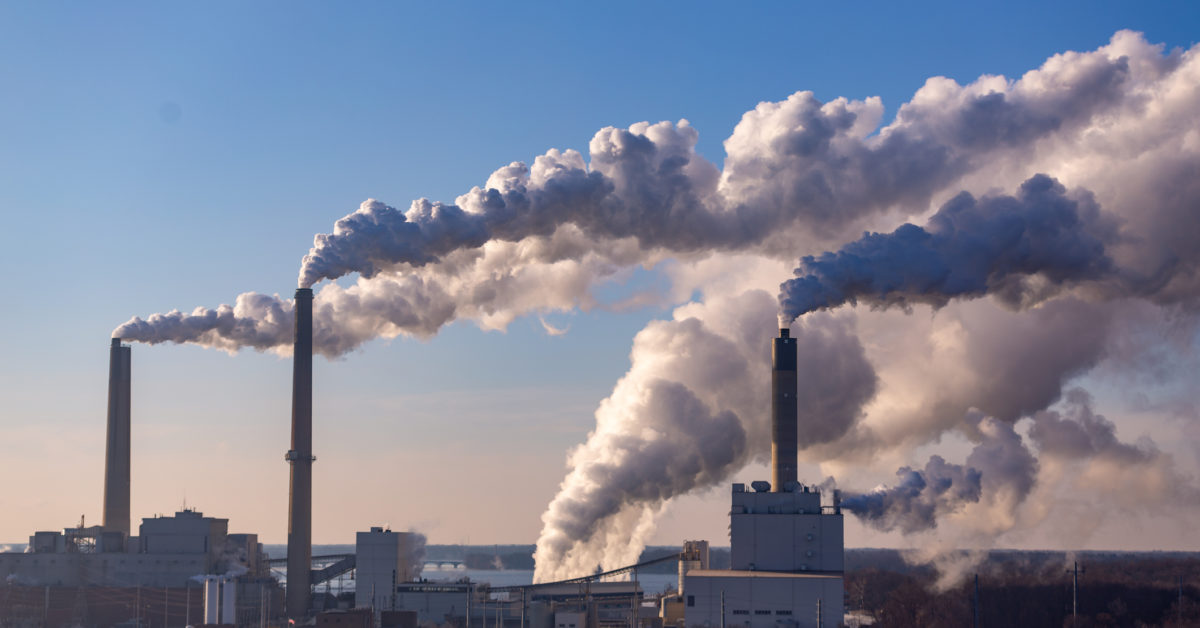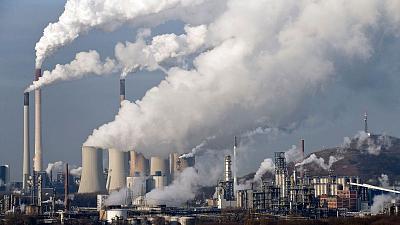We have grown used to hearing the word “pollution.” We hear and read about different kind of pollution in the news every day. One of these is air pollution, which means that the air, whether it’s inside or outside, is dirty.
Pollution is any change to the air in the atmosphere that is caused by something physical, biological, or chemical. When dangerous gases, dust, or smoke get into the air, they pollute it, making it hard for plants, animals, and people to live. Air pollution can also be thought of as anything that could hurt the atmosphere or the health of the living things in it.
There are many different kinds of pollutants:
- To figure out what makes the air dirty, you can divide it into a few different groups.
- There are two kinds of pollution in the air: pollution that you can see and pollution that you can’t.
- Pollution in the air can be seen, as the word suggests. Visible pollution is things that can be seen, like the smog that covers a city.
- Even though invisible air pollution is harder to see, it can still kill you. Invisible air contaminants include Sulphur dioxide, carbon monoxide, and nitrogen oxides.
What Makes The Air Dirty?
When we try to figure out what makes the air dirty, we usually come up with a long list of things people do and how they interact. We’ll look into two kinds of sources: natural and made by people.
Nature’s Sources:
Dust carried by the wind from places with little or no greenery and gases made by the bodies of living things are both natural sources of pollution (Carbon dioxide from humans during respiration, Methane from cattle during digestion, Oxygen from plants during Photosynthesis). Smoke from burning different things that can burn, volcanic eruptions and other natural pollution sources, and the release of polluted gases are all covered.
Sources Made By People:

When figuring out how much air pollution is caused by people, you can look at the following categories:
Sources Of Outdoor Pollution:
Most outdoor pollution comes from power plants, cars, farms that burn waste, factories, and heating systems in buildings. Smoke is a clear sign of what’s going on. The smoke that comes from burning biomass, factories, cars, and furnaces, among other things.
Sources Of Indoor Pollution:
In low-income and middle-income countries, burning dung, coal, and wood in old stoves or open fires releases a number of pollutants that are bad for people’s health. Carbon monoxide, methane, particulate matter (PM), polyaromatic hydrocarbons (PAH), and volatile organic chemicals (VOCs) are some of them (VOC).
How To Deal With Air Pollution In New Ways:
Take The Bus Or A Train.
To stop pollution, try to get as many people as possible to use public transportation. You could also share a ride. If you and your coworkers are from the same area and work at the same time, this option will save you money and energy.
Better Ways To Run Your Home
Fireplaces and wood stoves that are used to heat homes should be thrown away. Instead of wood, use gas logs. Take away all lawn and gardening tools that use gas. Don’t start fires or burn trash, dried leaves, or other things in your yard. If you can, turn your yard waste into mulch or compost it. Use cleaning and painting supplies that are good for the environment.
Conserving Energy
When you leave the house, turn off the fans and lights. Large amounts of fossil fuels are burned to make electricity. Using less fossil fuels is a good way to protect the environment.
